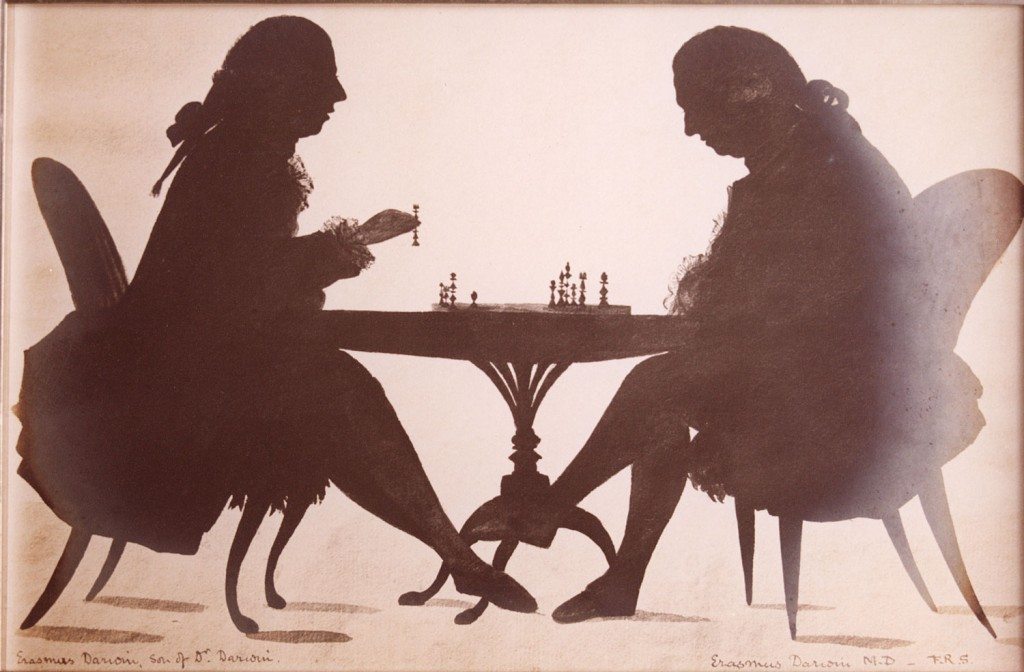Early Influences
Image: Silhouette of Erasmus Darwin (right), playing chess with his son Erasmus (left). Erasmus Darwin contributed to the education of Tom Wedgwood. Portrait silhouettes were produced using an early camera. A reconstructed example is located in Erasmus Darwin House in Lichfield.
Image from: Erasmus Darwin House, Lichfield (By kind permission of Jane Darwin).
Photograph: David Remes (2003).
Tom Wedgwood lived as a child at Etruria Hall in Staffordshire, near his father’s pottery. He became familiar with both science and the arts through his father and Erasmus Darwin, a close family friend. This is important because at that time making accurate pictures of the world was not just an artistic activity; it was linked to the development of modern science. Many artists used instruments, some very much like a modern camera, to assist them. As a boy he grew up with paintings by their family friend, Joseph Wright of Derby, and he was taught by George Stubbs, both artists with scientific interests. Tom carried out chemical experiments as part of his studies and also learned to draw well.
As a young man he used his father’s contacts with leading members of the Lunar Society, an influential group of thinkers including scientists and manufacturers. They were leading figures in the Industrial Revolution, which was centred on the Midlands. He kept in touch with Darwin, the chemist Joseph Priestley and James Watt of steam engine fame. When only twenty-one, Tom had his first groundbreaking research published in the respected Transactions of the Royal Society. This established for the first time that there was a common temperature at which all substances begin to glow (or phosphoresce). His early interest in light may have been suggested by Wright’s paintings with dramatic lighting such as The Alchemist, (1771-95, Derby Museum and Art Gallery) which pictured the discovery of the chemical element phosphorus, the bearer of light!
Another Wright picture, usually known as The Corinthian Maid (1783-5, National Gallery of Art, Washington, The Paul Mellon Collection), was specially painted for Josiah. The painting, which would have been familiar to Tom, shows the daughter of a classical Greek potter making the very first picture by copying the outline of her lover’s shadow on the wall. Her father moulded the image in clay and fired it to preserve a picture of the world in a permanent form; just as a photograph does. The painting might have been somewhere at the back of Tom Wedgwood’s mind, since one of closest collaborators on the photographic work later described it as attempt to fix shadows.
This reminds us, too, of the popular craze at the turn of the century for portrait silhouettes, or cut-out profiles which were made by drawing round shadows. Rather like the Greek potter, Josiah Wedgwood was asked by a friend to make a pottery version of some profiles to commemorate his wife. People also tried to invent machines to make and copy these images.
« Previous in this sectionNext in this section »Continue browsing this section
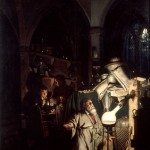 Thomas Wedgwood: the Godfather of Photography
Thomas Wedgwood: the Godfather of Photography
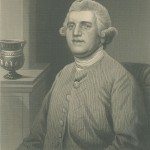 Tom Wedgwood’s Importance
Tom Wedgwood’s Importance
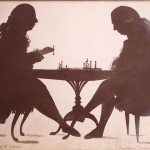 Early Influences
Early Influences
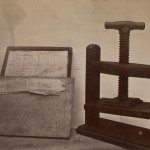 Scientific Achievements
Scientific Achievements



